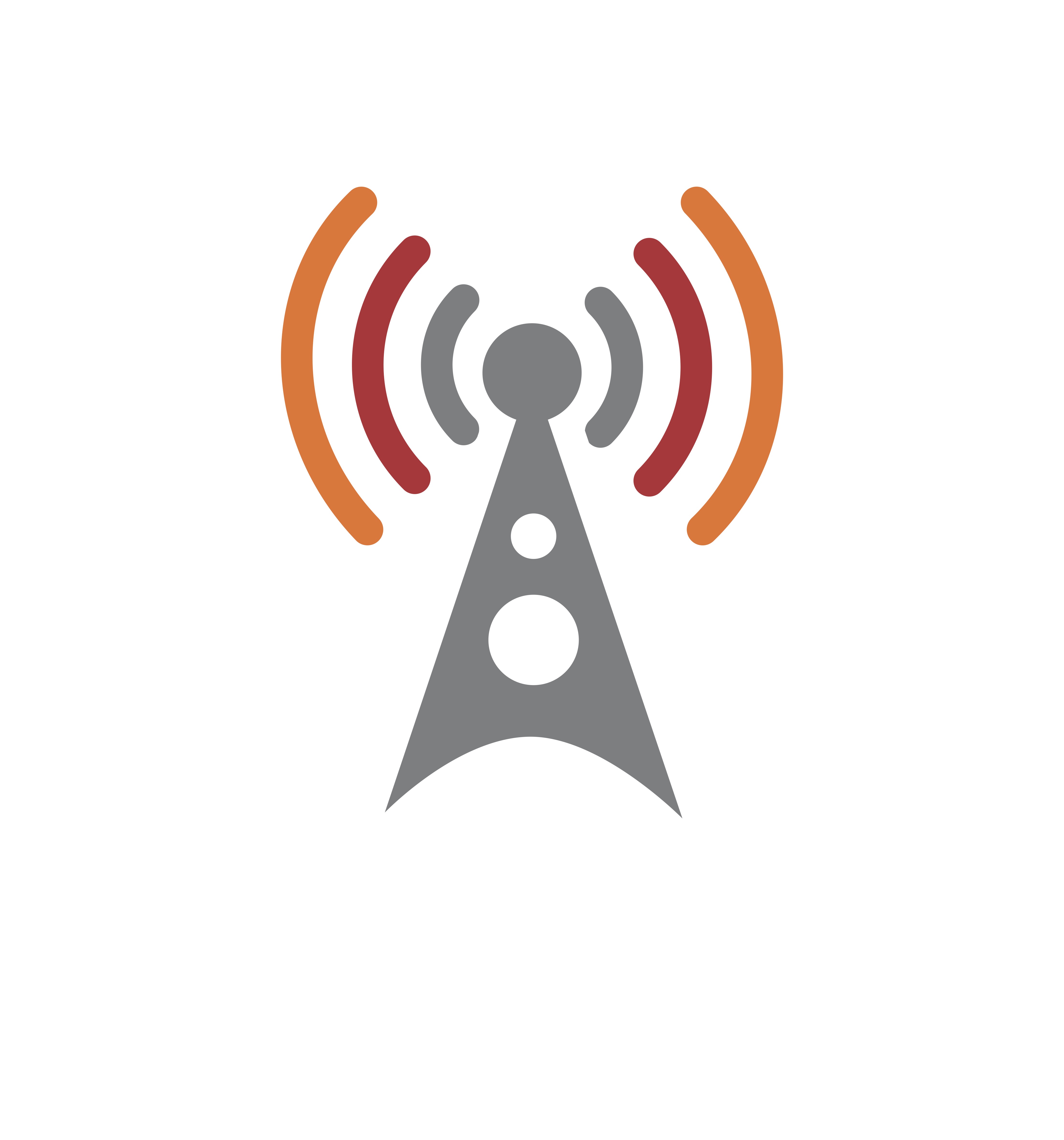Spectrum Battle Brewing

Why This Matters: TV providers and utilities are pushing back on an FCC proposal to open up the C-band for licensed use by mobile wireless firms.
It has been rush hour on the spectrum superhighway over the past couple of weeks as the FCC collects comments on decisions that will affect how cable operators deliver broadband on the go (WiFi), how cable operators and broadcasters deliver program networks and live events, news and sports to their viewers, and whether or not the agency will cut cable operators (and broadcasters) in on the proceeds from reallocating some of that spectrum for terrestrial wireless broadband.
The FCC is proposing to open up the C-band (the 3.7 GHz-4.2 GHz band) for licensed use by mobile wireless carriers. The wireless firms have been urging the agency to allow them to strike deals with satellite operators to use some of that spectrum to, among other things, deliver broadcast and cable programming.
Cable operators say they should also get a cut of any proceeds, and T-Mobile has signaled it is OK with giving money to whoever helps get it the spectrum.
The C-Band Alliance, comprising fixed satellite-service operators, proposed a market-based solution to negotiate secondary-market agreements with its members for up to 200 MHz of C-band spectrum.
T-Mobile Offers Compensation
In an FCC filing, T-Mobile tweaked the proposal to include potentially paying earth station registrants (cable and broadcast), as well as satellite operators that deliver content to those registrants. NCTA: The Internet & Cable Association said it was vetting the proposal at press time, but confirmed that cable and broadcast players were registrants referred to in the T-Mobile filing.
Broadcasting & Cable Newsletter
The smarter way to stay on top of broadcasting and cable industry. Sign up below
But the tweaked proposal could mean dislocation for either satellite operators or broadcast and cable outlets, since both would be offered a payout, and either could lose access to the spectrum and any payment if they don’t agree to the offer.
The C-Band Alliance was not happy. “T-Mo continues its spiteful attack on broadcasters and TV programmers who would be evicted from C-band distribution under this updated filing,” said Preston Padden, head of advocacy and government affairs for the alliance. “The updated T-Mo ‘Dis-incentive Auction’ proposal changes nothing, except to exacerbate its infeasibility.”
In a related spectrum move, the FCC in October voted unanimously on a notice of proposed rulemaking that would open the 6 GHz (5.925-7.125 GHz ) band for unlicensed wireless, asking just how that should happen.
Cable systems and broadcasters also use some of that band for licensed auxiliary and relay services to cover live events and news. Cable operators are wearing two hats: as incumbent licensees when it comes to traditional cable and as broadband operators eager for more unlicensed spectrum for WiFi.
Wearing the broadband hat, NCTA told the FCC that unlicensed devices using WiFi and other standards play an “indispensable” role in Americans’ lives, and can “help close the digital divide and maintain U.S. leadership in the next generation of wireless services.”
But wearing its traditional cable service hat, it added, “NCTA’s members depend on widely-deployed systems in the 6-GHz band to deliver news, sports, and entertainment programming that hundreds of millions of Americans depend on every day.” Protecting incumbents should be job one, NCTA argued, but the FCC can do that and still free up the space.
While cable operators argue they can have it both ways in the 6-GHz band — freeing up the spectrum while protecting incumbents — broadcast incumbents, wearing only one hat, oppose freeing up the spectrum until and unless “a robust, reliable mechanism is developed to coordinate these operations with licensed BAS uses.”
Opposition From Utilities
The utility company users in the band are a flat “no way.”
They have massed their forces in the form of the American Petroleum Institute, the American Public Power Association, the American Water Works Association, the Edison Electric Institute and the National Rural Electric Cooperative Association, opposed to opening up any of the 6-GHz band for unlicensed use, and against caveats about ways to guard against interference.
“The potential for interference is unreasonably high and therefore likely to present significant diverse impact to critical infrastructure communications that would put at risk the safety of life, health and property that incumbent licensees help to protect,” the utility groups told the commission.
“This is a significant show of force that we hope is not lost on the FCC,” said Rob Thormeyer, director of communications and advocacy for the Utilities Technology Council.
It will be up to the FCC to decide which side has the power, but the commission has made no secret of wanting to free up as much spectrum for next-generation wireless as possible, including promoting flexibility and innovation over “NIMBY” pleas from spectrum incumbents.
Contributing editor John Eggerton has been an editor and/or writer on media regulation, legislation and policy for over four decades, including covering the FCC, FTC, Congress, the major media trade associations, and the federal courts. In addition to Multichannel News and Broadcasting + Cable, his work has appeared in Radio World, TV Technology, TV Fax, This Week in Consumer Electronics, Variety and the Encyclopedia Britannica.










